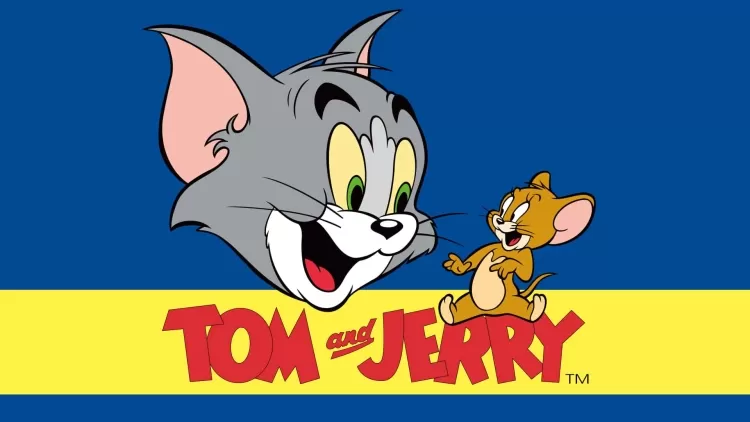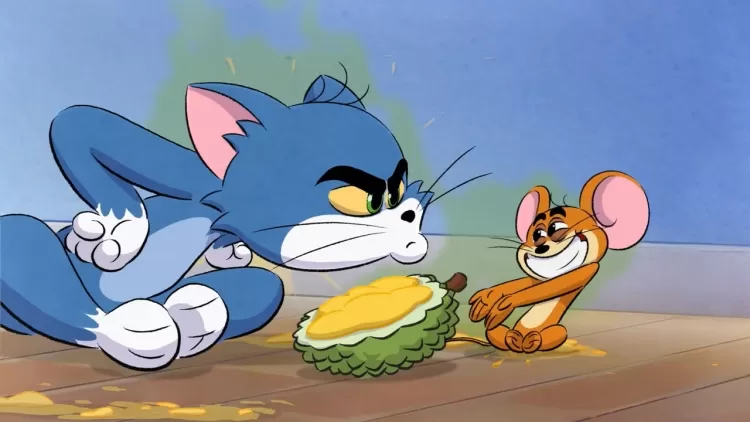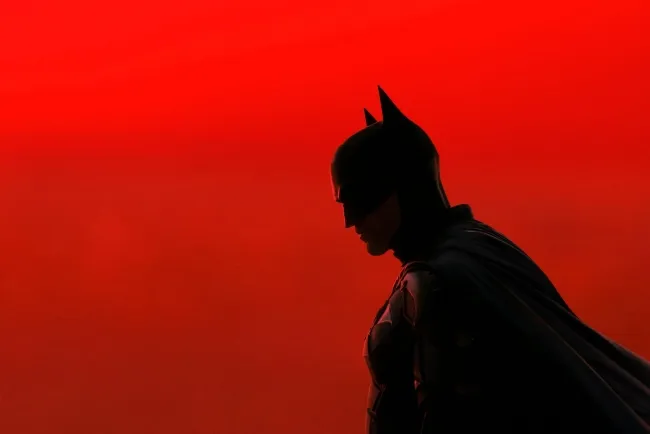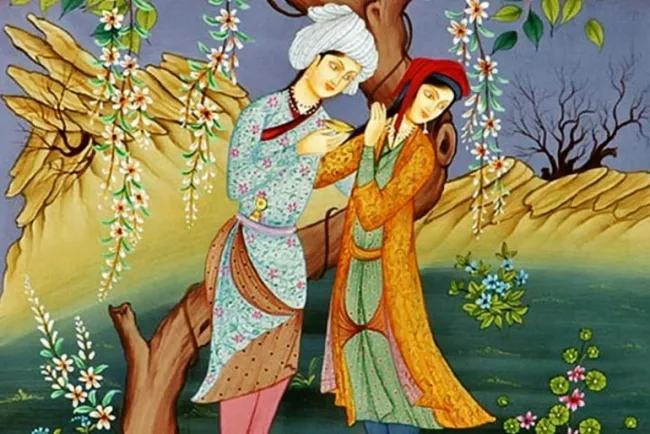Tom’s always in pursuit, Jerry’s always in charge!
"Tom and Jerry" stands as a cornerstone of animated television. Its perfect blend of physical comedy, visual storytelling, and memorable characters has made it a beloved part of animation history. Whether through its clever animation techniques, entertaining antics, or its universal humor, "Tom and Jerry" remains a timeless testament to the power of simple, effective comedy.

"Tom and Jerry" is a legendary animated TV series created by William Hanna and Joseph Barbera. Debuting in 1940, it quickly became one of the most iconic and cherished cartoons of all time. The show focuses on the hilarious rivalry between Tom, a determined housecat, and Jerry, a clever and elusive mouse. Their endless chases, often full of slapstick humor and chaos, continue to captivate audiences of all ages.
At its core, "Tom and Jerry" thrives on straightforward yet brilliant storytelling, primarily driven by visual gags and physical comedy. The humor is universal, easily crossing language barriers to appeal to viewers worldwide. One of the reasons the show has remained so popular is its masterful use of animation techniques, music, and minimal dialogue. Instead of relying on speech, the characters' actions and facial expressions tell the story, making it accessible to everyone, no matter where they’re from.
The Characters
The main characters, Tom and Jerry, embody two classic archetypes: the frustrated yet persistent cat and the sly, quick-thinking mouse. Tom is often depicted as a bumbling and inept figure, despite his clever efforts to catch Jerry. He’s almost always outwitted, humiliated, or overwhelmed by Jerry’s resourcefulness. In contrast, Jerry is portrayed as small, agile, and extremely clever, consistently managing to outsmart Tom with creativity and humor. While Jerry is the clear hero, he’s not entirely innocent—he often enjoys teasing Tom and causing trouble, which makes their rivalry both entertaining and comical.

Although the show mainly centers on Tom and Jerry’s dynamic, it also occasionally introduces supporting characters like Spike, a bulldog, and his son Tyke, who add an extra layer of humor and storylines. Spike is typically shown as a no-nonsense protector, often making sure Tom pays the price for his mischievous antics.
Animation Style and Technique
The animation in "Tom and Jerry" was groundbreaking for its era. Hanna and Barbera, known for their work at MGM, employed fluid and detailed animation to bring exaggerated physical comedy to life. The series is renowned for its impeccable timing, emotional expressiveness through character movements, and smooth action. Much of the humor hinges on exaggerated physical actions, such as Tom being flattened by anvils or Jerry using everyday objects to create hilarious situations.
Another key element of the show is its music, composed by Scott Bradley. The iconic score plays an essential role in enhancing the humor, perfectly synchronizing with the characters' movements. The music adds another layer to the slapstick comedy, elevating it to an art form.
Themes and Legacy
"Tom and Jerry" explores simple yet universally relatable themes like goal pursuit, the ongoing battle between good and evil (with Tom as the antagonist), and the consequences of rivalry. Despite their constant struggles, the interactions between Tom and Jerry are cyclical, with neither character ever truly winning. They may reach temporary truces, but the rivalry inevitably reignites, which keeps the series fresh and entertaining.

The show has left an indelible mark on pop culture. With over 160 episodes, it became one of the longest-running and most successful animated franchises of all time. It won multiple Academy Awards for Best Animated Short Film, solidifying its place in animation history. "Tom and Jerry" has also inspired a wide range of merchandise, video games, films, and even a recent reboot. The influence of the show can be seen in later animated series that draw from its slapstick humor and visual storytelling techniques.
Even after many years, the humor of "Tom and Jerry" remains timeless, continuing to entertain new generations of viewers. The simple yet effective formula of cat-and-mouse antics still resonates today, and the rivalry between Tom and Jerry serves as a fun and chaotic reminder of the joy that animation and comedy can bring. The show’s ability to evolve while maintaining its core appeal, from classic reruns to modern adaptations, speaks to its lasting charm and broad appeal.
What's Your Reaction?

















